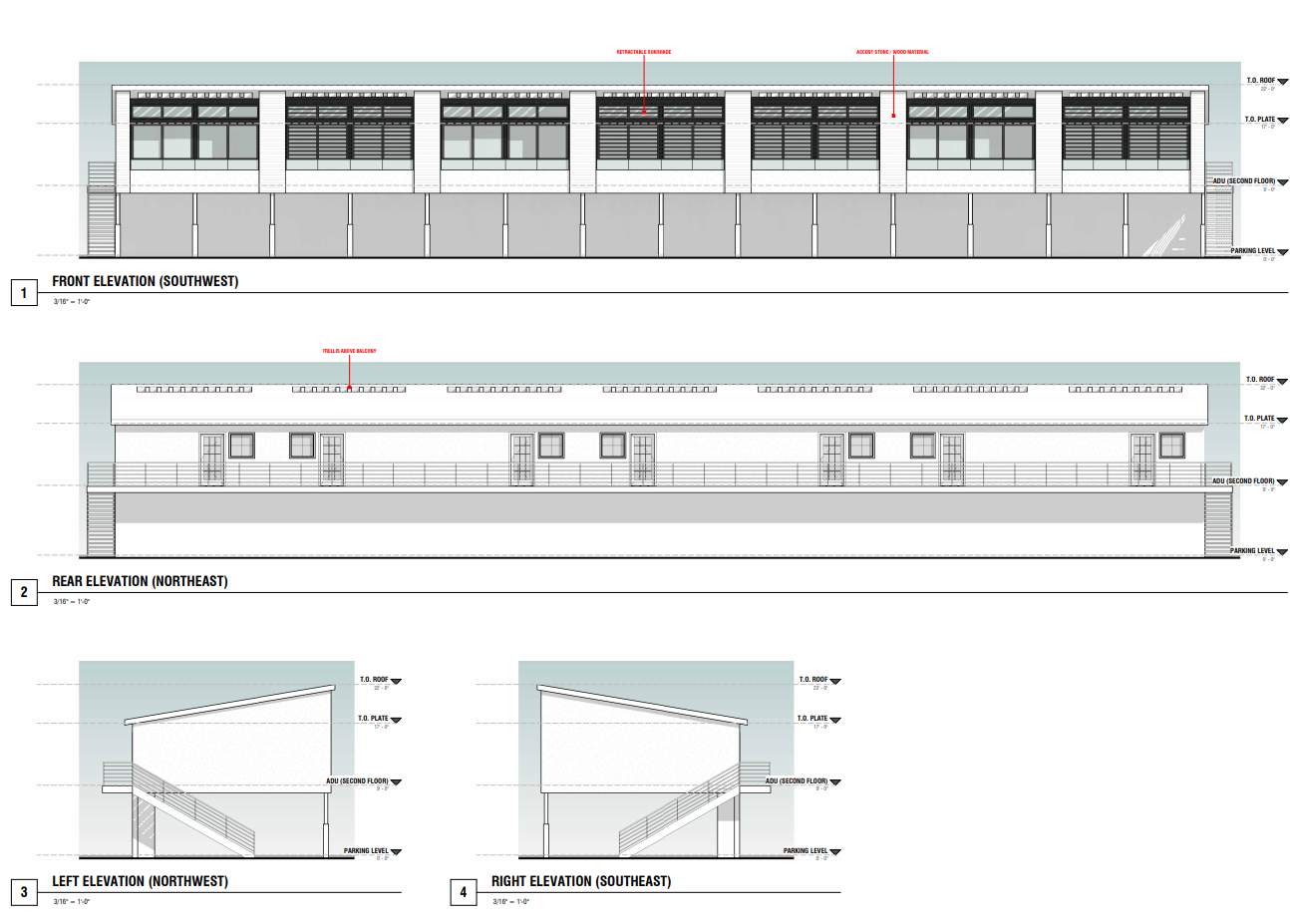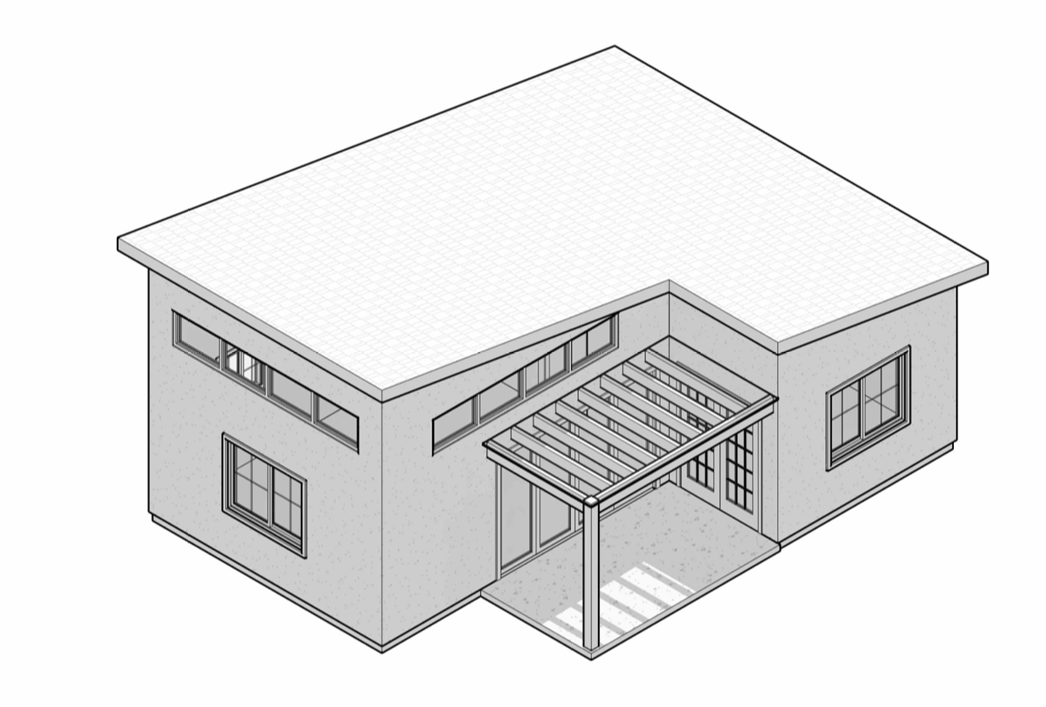Lake Elsinore ADU - Garage Conversion
Lake Elsinore, CA, California
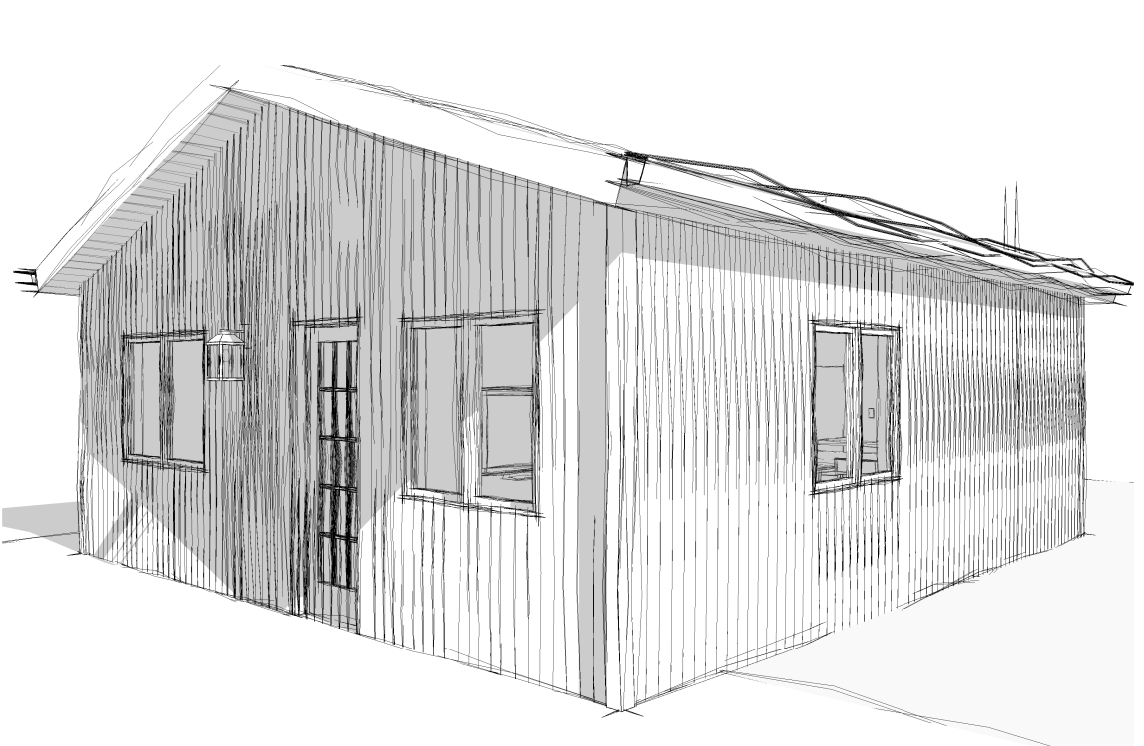
Project Overview
The detached garage on this Lake Elsinore lot was a 24 ft × 24 ft box that held nothing but storage bins and an old workbench. Its slab was sound, the roof still serviceable, and the structure already sat the required 10 ft off the rear property line.
Project Details
The detached garage on this Lake Elsinore lot was a 24 ft × 24 ft box that held nothing but storage bins and an old workbench. Its slab was sound, the roof still serviceable, and the structure already sat the required 10 ft off the rear property line. Those three facts shaped every decision that followed: keep the existing footprint, avoid foundation work, and steer clear of setback drama. The owner’s brief was just as clear—turn it into a legal 1-bed/1-bath ADU for about $100 k in construction and under $8 k in city fees.
Scoping the project
GatherADU began with a forensic walk-through to spot hidden cost traps. Electrical service was only 100 amps, but household load history showed enough headroom for a 60-amp sub-panel in the ADU. Sewer access lay fifteen feet from the garage wall, a distance short enough to avoid a costly ejector pump. The slab sat a full foot above grade, already clearing finish-floor height rules. Each confirmation shaved risk off the budget before plans were even drawn.
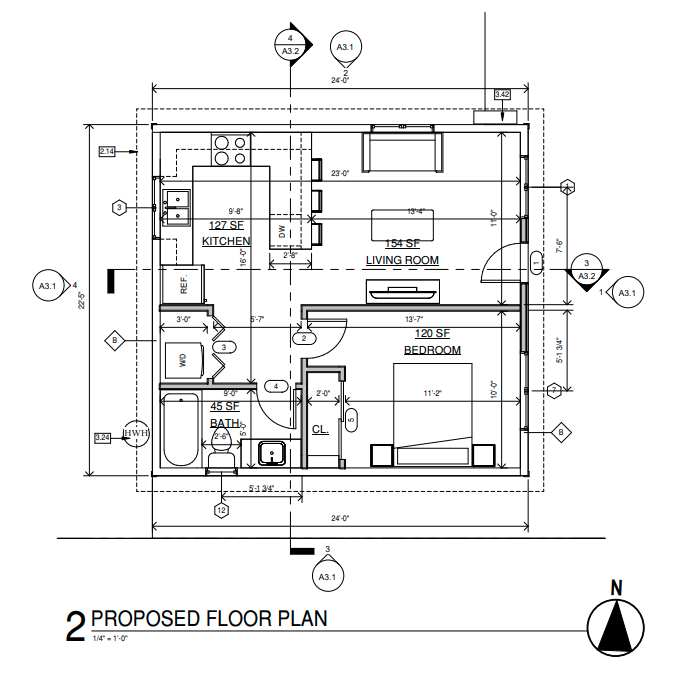
A layout that works hard
The architect’s answer to a tight footprint was a layout that stacks plumbing, maximizes daylight, and wastes zero inches on circulation:
- Kitchen runs the entire north wall—9 ft 8 in of cabinets, a 24-in range, and an island that doubles as dining for two.
- Living room faces east, drawing morning light through a wide three-panel window.
- Bedroom claims the south half of the shell, separated by a single interior wall and a pocket door.
- Bath + laundry tuck into the southwest corner, with a stacked W/D niche and a barn-style door—no swing, no clearance penalty.
Passive-solar logic governed window placement: larger units on south and east, smaller on west, none on north. The result is a bright interior that stays cool after noon.
Smart permitting
Lake Elsinore treats garage conversions as remodels, so existing framing can stay if it meets code. The original 2×4 studs at 16 in o.c. did. That instantly saved a full re-sheath. A structural engineer’s letter confirmed the 4-in slab could handle new loads, avoiding any under-slab retrofit.
GatherADU submitted a complete first package—architectural sheets, structural letter, Title 24 calcs, and a waste-management plan. Because the design kept conditioned space under 500 sq ft, impact fees dropped dramatically. Plan check comments were trivial: mark smoke-alarm locations, temper one bath window, confirm lever-handle door hardware. A single resubmittal closed them out, and the permit arrived four weeks after the initial filing.
Final fee tally: $7,796, landing neatly inside the owner’s $8 k cap.
Building for durability (not Pinterest)
Selective demo came first: roll-up doors, shelves, and the obsolete workbench were gone in two days. The plumber cut narrow trench lines only where new pipes crossed the slab, filling them with slurry for traceability. A 12k-BTU mini-split would handle all heating and cooling. Electrical ran in EMT along the bedroom wall straight into that 60-amp sub-panel—short, direct, cheap.
Outside, the team skinned the garage in vertical Hardie Panel with 1×2 battens. Panels fastened straight to studs, skipping OSB and its labor. A light sandstone paint sealed the look. Clay-tone vinyl windows hit Title 24 U-factors without the price tag of aluminum clads.
Inside, finishes balanced economy and longevity:
- Luxury-vinyl plank flooring flows wall-to-wall—waterproof, pet-proof, turnover-proof.
- RTA shaker cabinets meet soft-close quartz counters.
- Barn-style bath door frees floor space.
- Heat-pump water heater (20 gal) meets code and future utility bills.
Weekly site walks hammered punch-list items early—an out-of-plumb window, a receptacle that should be GFCI, one smoke detector moved three inches. Final inspection passed on the first call. Three days later the certificate of occupancy was in hand.
Dollars and days
- Construction spend: $102,400 (demo to final clean)
- Timeline: 6 weeks design → 12 weeks city review → 14 weeks build
- Contingency burned: 3 %—mostly a fan upgrade and a stainless washing-machine pan.
Biggest cost lines? Finish carpentry and cabinets (nearly 25 %), MEP trades (20 %), and framing/insulation (15 %). The rest went to siding, roofing, and a mini-split that will outlive a decade of tenants.
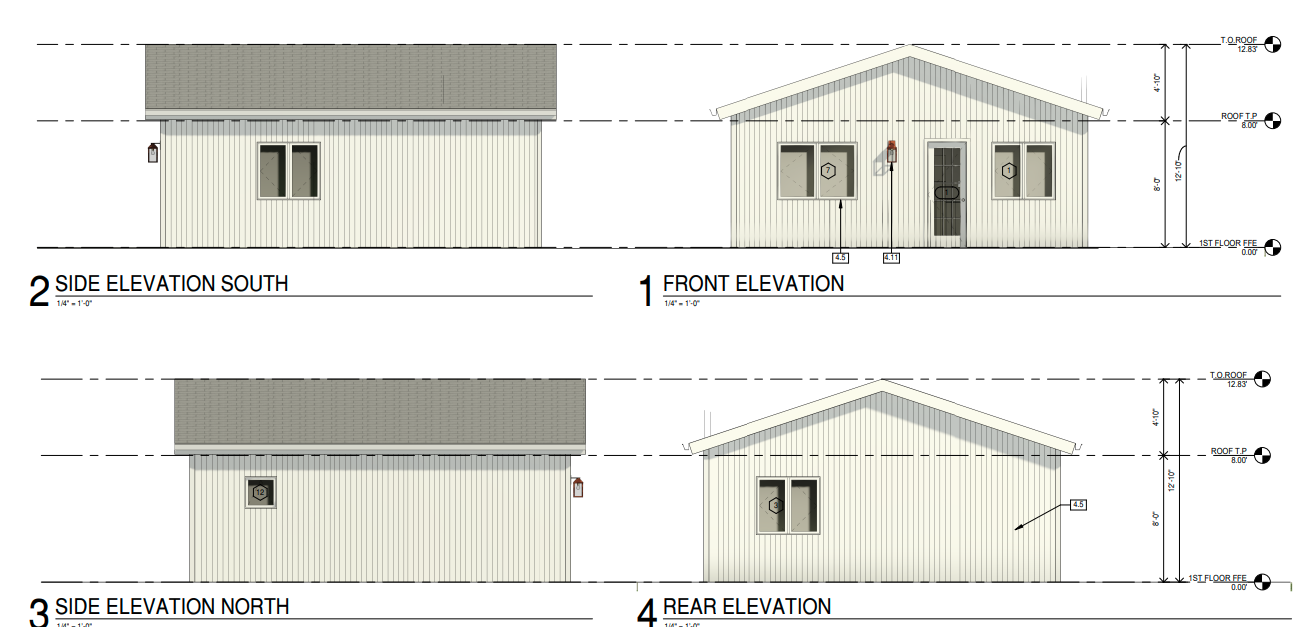
Living in 480 square feet
Step inside and the volume surprises people. Vaulted ceilings peak at 10 ft 6 in, and there’s a clean sight-line from the living room window all the way into the bedroom. Morning sun pours across the vinyl planks; by afternoon the low-E glass and roof insulation keep things cool. The bedroom fits a queen bed, two nightstands, and a six-foot mirrored closet that visually doubles the width. The kitchen island hosts work-from-home laptop hours and dinner for two. In the bathroom the barn door never blocks a pathway, and that stacked washer-dryer sits behind another pocket door, silent until laundry day.
Lessons you can steal
- Stay inside the box. Using the original shell sliced fees and design hours; it also spared the owner backyard square footage.
- Cluster plumbing. One wall for bath, kitchen, laundry equals shorter trench runs and fewer slab cuts.
- Submit once, submit complete. Every sheet, every calc, every spec—one package, one major review cycle.
- Upgrade only what matters. Quartz counters and a heat-pump water heater add tenant appeal and utility savings; stone veneers and designer fixtures do not.
- Transparency kills scope drift. A live dashboard listed every RFI, inspection, and change order with price and schedule impact, so nothing ballooned unnoticed.
A template for infill housing
Structural letters, prescriptive framing, Title 24 compliance—they all went in before the first submittal. In a region desperate for attainable housing, this project shows what’s possible: convert underused space, respect a six-figure budget, meet code the first time, and deliver a bright, durable home without expanding the urban footprint.
GatherADU handled the process end-to-end—planning, permits, and build. If you own a tired garage and a tight budget, the path is clear and repeatable. Sound slab, concise plans, disciplined execution. That recipe just added one more legal dwelling to Lake Elsinore, and it can do the same for you.
Our Approach
Discovery & Planning
We analyzed the property, zoning regulations, and homeowner goals to create a customized feasibility plan.
Design
Our designers created custom floor plans maximizing space while respecting the budget and aesthetic preferences.
Permitting
We navigated city requirements and handled all paperwork, securing permits efficiently.
Construction
Our licensed contractors brought the ADU to life with premium materials and meticulous attention to detail.
Ready to Build Your Dream ADU?
Let's discuss how we can help you create additional living space, generate rental income, or provide housing for loved ones.
